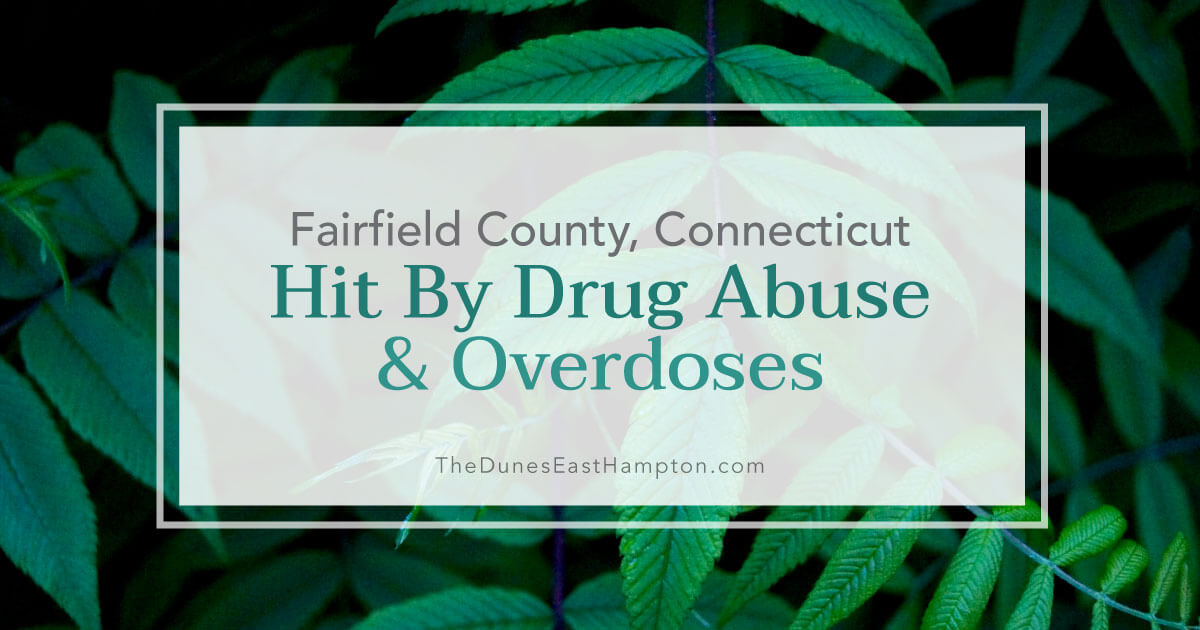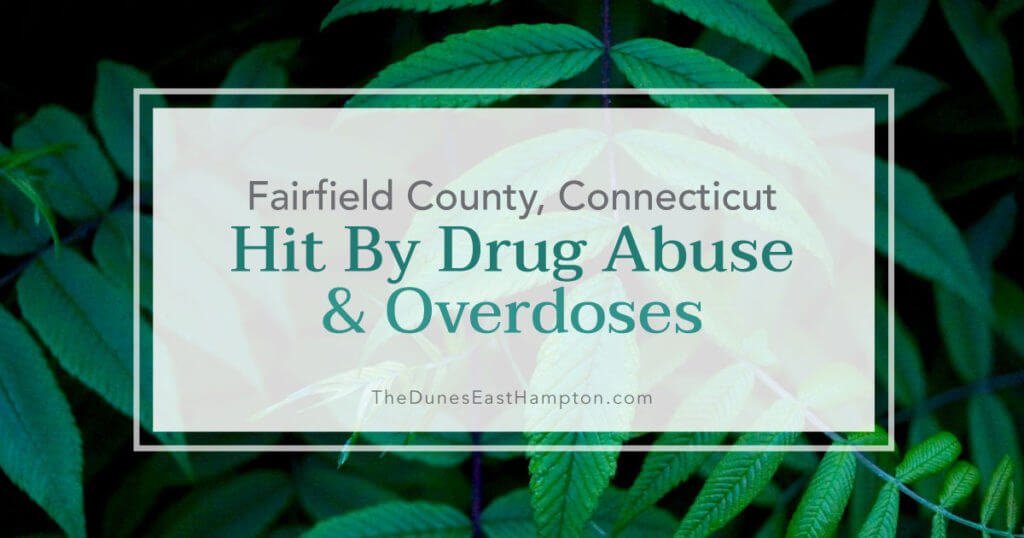
Fairfield County is a mostly suburban area with a lower-than-average unemployment rate. Many citizens in the area are connected to someone who struggles with drug abuse. Young people are especially at risk, with a 17-year-old reported as the youngest opioid overdose victim in 2015.
Fairfield County and Connecticut’s Battle Against Addiction
Opioids are effective at treating pain, but they are also highly addictive. Withdrawal symptoms from opioids are severe once addiction develops. Fairfield County shows several troublesome trends regarding heroin substance abuse in particular.
Of the 114 fatal overdoses in Connecticut in 2015, Fairfield County contributed the second highest number of fatalities (68 deaths). Also reported in 2051 were 723 accidental overdoses, with 415 related to heroin use.
Across the State: Connecticut’s Problem with Lethal Drug Mixes
Fairfield County, like the rest of the state, has seen an increase in deaths due to a mix of fentanyl and heroin. Fentanyl is a synthetic opioid that is 100 times more potent than morphine. Dealers often combine fentanyl with heroin, so addicts do not know the exact dosage that they receive. Deaths resulting from this combination nearly tripled across Connecticut from 2014 to 2015.
Fairfield County has also seen plenty of deaths from lethal combinations of heroin and cocaine as well as increases in fatalities from methamphetamine use.
Addiction Help in Fairfield County
Governor Dannel P. Malloy is looking for ways to combat these rising numbers. Working with Michael Botticelli, the former national drug control policy director, Malloy has established new strategies for helping families who struggle with drug abuse and addiction. Malloy also participates in forums aimed at creating strategies to combat the cycle of addiction in the hope of setting a path toward prevention.
The state is working to curtail the rise in drug abuse and addiction seen in Fairfield County and other areas in Connecticut. Naloxone will become more readily available, and more training will be provided for the state’s substance abuse programs.
Further Initiatives in Fairfield County for Recovery Options
Many addicts maintain their habit by stealing or receiving pills from loved ones who have prescriptions. Local law enforcement recommends that citizens properly dispose of unused or expired prescription painkillers. Several police stations in Fairfield County also provide collection boxes where residents can drop off medications for proper disposal.
The police in Fairfield County encourage residents to learn about the risks of prescription opioid addiction and learn to spot the early warning signs of addiction in others. Awareness is crucial to curbing this trend and lowering the number of overdose deaths in Fairfield County and across Connecticut.
